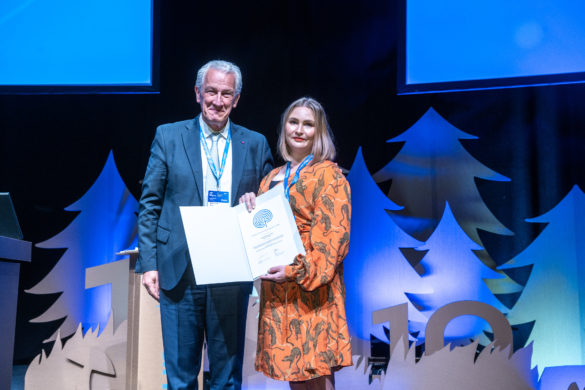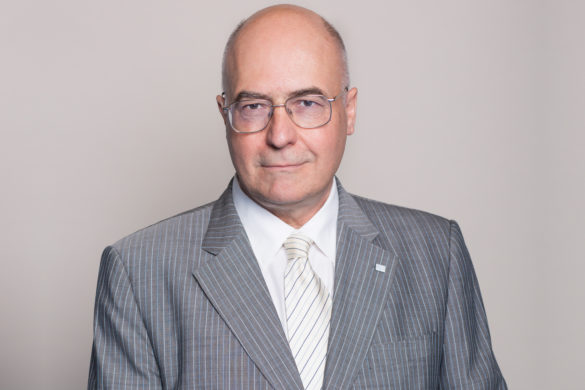Benedetta Bodini
Prof. Centonze presented the first lecture on the subject of the pathophysiological basis of functional recovery in multiple sclerosis, starting with a discussion on the key role played by synaptic plasticity in recovery of function. He presented convincing data obtained by means of transcranial magnetic stimulation indicating that synaptic plasticity reserve prevents clinical disability in patients with multiple sclerosis, and that rehabilitation favours synaptic remodeling and plasticity. In the second part of his lecture, Prof Centonze demonstrated the relevant role of the activation of NMDA, cannabinoid, and dopamine receptors, and of neurotrophins in modulating synaptic plasticity to clinically compensate tissue damage in multiple sclerosis. As a result, treatments aimed at activating these receptors such as D-aspartate, phytocannabinoids, or L-dopa, may have the potential to enhance the beneficial effects of rehabilitation by favouring synaptic plasticity.
Dr. Bodini discussed the key role of magnetic resonance imaging techniques and positron emission tomography in evaluating myelin repair and neuroprotection in phase II clinical trials testing the efficacy of promyelinating and neuroprotective treatments for multiple sclerosis. First, the main characteristics of magnetic resonance imaging and positron emission tomography techniques were discussed, with MRI offering a very high sensitivity to tissue microstructural damage and PET the highest possible specificity for single cellular or tissular components. Then, Dr Bodini gave an overview of the MRI techniques that have been shown to be sensitive to myelin content changes, such as magnetization transfer imaging, myelin water fraction, diffusion tensor imaging, and quantitative susceptibility mapping. Interestingly, the first study investigating remyelination in multiple sclerosis using PET with PIB, a tracer that has been shown to selectively stain myelin in animal models, showed that patients who remyelinated extensively presented with low levels of clinical disability. In the second part of the lecture, Dr Bodini argued that future trials testing neuroprotective treatments in multiple sclerosis should consider including outcome measures able to capture the earliest signs of neuronal damage such as N-acetyl-aspartate magnetic resonance spectroscopy, advanced diffusion-based techniques, and PET with flumazenil or with tracers targeting synaptic vesicle protein 2A. However, wider application of these novel techniques remains limited due to generally low resolution, high measurement variability and the complex procedures necessary for imaging analysis.
Prof. Martino presented the last lecture on the series of studies leading to the first clinical application of neural stem cells in patients with multiple sclerosis. Multiple sclerosis is a multifocal and pathologically heterogeneous disease, which makes the use of neural stem cells particularly challenging. The first step was the demonstration that neural stem cells not only are effective through a mechanism of cell replacement but also through a bystander effect. Then, a preclinical proof-of-concept study was conducted in 2003, which showed that neural stem cells could be injected intrathecally or intravenously in a mouse model of EAE with the same level of efficacy. After identification of the key molecules (adhesion molecules and chemokine receptors) which enabled neural stem cells to reach areas of inflammation and enact bystander effects, in 2009 human fetal neural stem cells were injected in a monkey model of multiple sclerosis after immunosuppression. The results of this study confirmed that the bystander effect was therapeutic and was exerted by human neural precursor cells in monkeys. Finally, a clinical study of 12 patients with progressive multiple sclerosis injected intrathecally with neural stem cells was started in 2017 and the last patient was transplanted in 2019. The treatment was found to be safe, and neural stem cells were circulating in the CNS up to 3 months after transplantation. The key finding of this study was that a huge increase in molecules demonstrating the bystander effect following transplantation was found in the CNS after 3 months of treatment.













